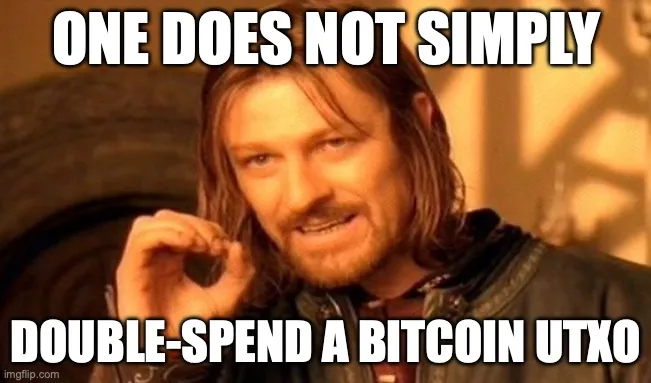Spells
Spells are the magic that creates charms.
The idea is to add charms-related metadata (spells) to Bitcoin transactions (similar to Runes’ runestones).
Spells are client-side validated, meaning that the users choose to interpret or ignore them. If they choose to interpret them, they can use charms — similar to Ordinals and Runes interpreted by ord.
A spell is said to be correct if and only if all of these are true:
- it is successfully parsed and interpreted
- makes sense for the transaction (e.g., doesn’t produce more Charms outputs than there are Bitcoin outputs)
- has a valid proof
Correct spells can mint, burn and transfer tokens. The practical effect of a spell is that tokens are considered parts of the enhanced transaction outputs.
Incorrect spells are ignored.
Double-spending is prevented by Bitcoin.

What Spells Look Like
Spells create and transform charms via Bitcoin transactions.
A spell is included in a transaction witness spending a Taproot output. It is included in an envelope — a sequence of opcodes OP_FALSE OP_IF … (push data) … OP_ENDIF, which is effectively a no-op: since the condition is false, no data is pushed onto the stack.
OP_FALSEOP_IF OP_PUSH "spell" OP_PUSH $spell_data OP_PUSH $proof_dataOP_ENDIFwhere:
OP_PUSH "spell"shows that the envelope contains a spell.OP_PUSH $spell_data— CBOR-encodedNormalizedSpell.OP_PUSH $proof_data— Groth16 proof attesting to verification of correctness of the spell.
Logical Structure of a Spell
Here is an example of a spell that sends an NFT and some fungible tokens, and also mints some tokens:
version: 1
apps: $0000: n/f54f6d40bd4ba808b188963ae5d72769ad5212dd1d29517ecc4063dd9f033faa/7df792057addc74f1a6ca23da5b8b82475a7c31c3a4d45266c16a604c62eba4c $0001: t/7e7e5623a8b44556021171f533a3404b009e7c66edd5a47362c8e54c54a6e058/b25ddd68cd441a2bb0f7113abaaef74983c4e01fc66c7465e1f18363fc80454d $0002: t/f54f6d40bd4ba808b188963ae5d72769ad5212dd1d29517ecc4063dd9f033faa/7df792057addc74f1a6ca23da5b8b82475a7c31c3a4d45266c16a604c62eba4c
ins: - utxo_id: 33027a870a0f8c7b3d3114d970b6e67d11b32316ad5b6c58bdc7e0d8e77f7e6a:1 charms: $0001: 42 $0002: 69000
- utxo_id: 92077a14998b31367efeec5203a00f1080facdb270cbf055f09b66ae0a273c7d:0 charms: $0000: ticker: TOAD remaining: 30580
outs: - address: tb1p2lgmc56q8vu4run2p8u3a4mzp8h7e7qgu0243rlgchzqqe8zt0as2vld7e charms: $0000: ticker: TOAD remaining: 30160 $0001: 42
- address: tb1pxpjgtv30gl0nvce5ujzqgc0802gy9vtta4ens9mzpucymlg5fgfsprzrlc charms: $0002: 69420In this example we have:
-
apps— a list of apps involved in the spell. App is a tuple oftag/identity/VK(seeApp) where:tagis a single character representing the app type (nfor NFTs,tfor fungible tokens).tagcan be anything, butnandthave special meaning (simple transfers of NFTs and tokens don’t need app contract proofs, so the recursive spell proof can be generated faster).identityis a 32-byte array identifying the asset within this app.VKis the verification key hash of the app implementing the logic of the asset: how it can be minted or burned, staked or used.
-
ins— a list of input UTXOs to be spent by the transaction. -
outs— a list of outputs (strings of charms) created by this spell.

